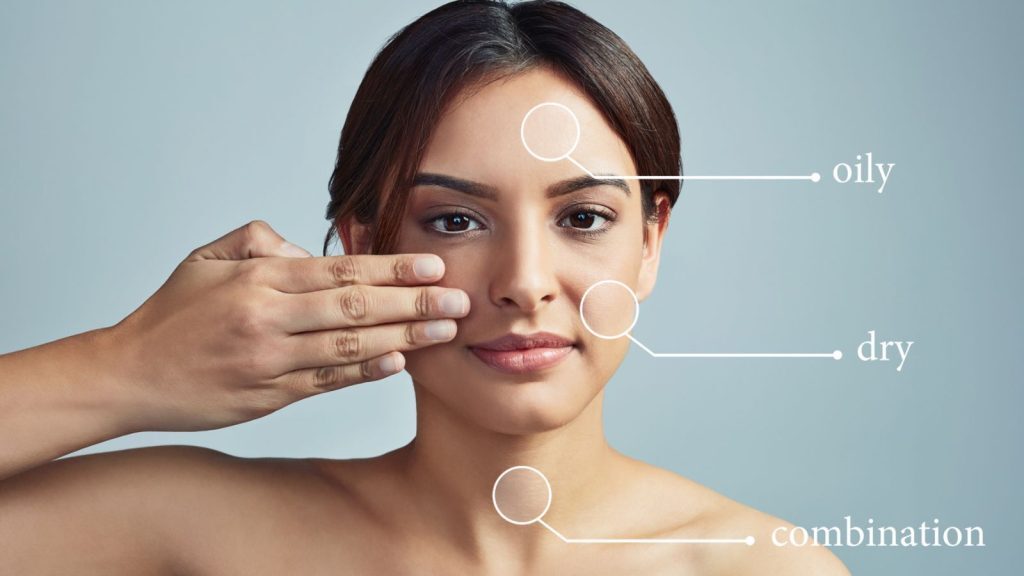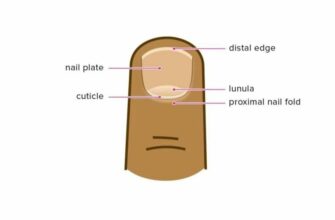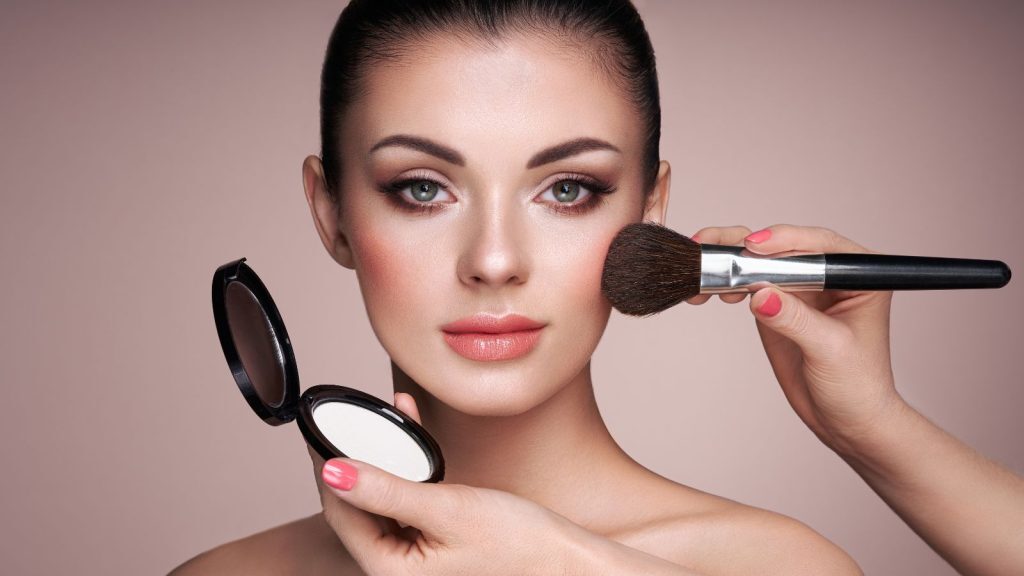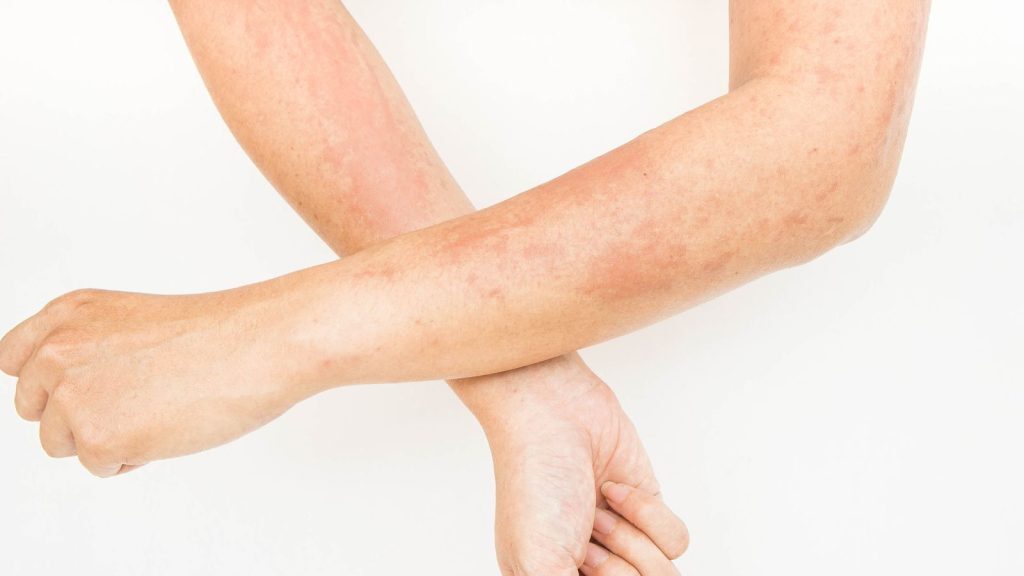As a young woman, I was always interested in taking care of my skin. I would read all the latest tips and tricks in magazines and online, trying to find the best way to keep my skin looking its best.
But one topic that always confused me was Fitzpatrick skin types. There are so many different classifications, and I wasn’t sure which one applied to me.
I decided to go see a dermatologist and ask them for help. They explained the Fitzpatrick scale to me, and after a few tests, they determined that I had Fitzpatrick type III skin.
This meant that I needed to be especially careful with sun exposure, as I was more likely to burn than other skin types.
The dermatologist gave me some advice on how to protect my skin from the sun and also recommended some products that would be good for my type III skin.
After following their advice for a while, I started to notice a big difference in the appearance of my skin – it was looking smoother and less oily.
I’m so glad I took the time to figure out my Fitzpatrick skin type; now I know exactly what steps to take to protect it from the sun’s harmful rays! Here, I would like to share some tips on how to know your Fitzpatrick skin type.
- What is Fitzpatrick skin type?
- How to determine Fitzpatrick skin type
- Accessing natural skin tone
- Skins’ reactions to sunlight to determine Fitzpatrick skin type
- Final thoughts
- What is the most common Fitzpatrick skin type?
- Do I have skin type 1 or 2?
- What is my skin type test?
- What are the six Fitzpatrick skin types?
- What is skin type V?
What is Fitzpatrick skin type?
Fitzpatrick skin type is a way of classifying different types of skin based on their reaction to the sun. There are six different Fitzpatrick skin types, and each type has a different risk of developing skin cancer.
While Fitzpatrick skin type is not an exact science, it can be helpful to know your skin type to take steps to protect yourself from the sun. If you have ever wondered how to know your Fitzpatrick skin type, here are some tips.
How to determine Fitzpatrick skin type

The first step is to determine your ethnicity. Fitzpatrick skin type was originally developed for people of European descent, so if you are not of European descent, you may not fit neatly into one of the six categories.
However, there are now subcategories for Fitzpatrick skin type that take into account different ethnicities. For example, there is a subcategory for Fitzpatrick skin type Asian.
If you are not sure which subcategory you fall into, you can ask your doctor or dermatologist for help.
Accessing natural skin tone
The next step is to assess your natural skin color. If you have fair skin, you are more likely to fit into Types I or II. If you have olive skin, you are more likely to fit into Type III or IV.
And if you have dark brown or black skin, you are more likely to fit into Type V or VI. Again, keep in mind that these are generalizations and that your actual Fitzpatrick skin type may be different from what is listed here.
Skins’ reactions to sunlight to determine Fitzpatrick skin type
After you have determined your basic Fitzpatrick skin type, the next step is to assess how your skin reacts to sunlight. People with type I or II skin burn easily and should take care to avoid prolonged exposure to the sun.
People with Type III or IV skin may also burn if they stay in the sun for too long, but they typically have more ability to tan than those with Type I or II skin.
And finally, people with Type V or VI skin rarely burn and can usually stay in the sun for long periods without any adverse effects.
Final thoughts
Once you have taken all of these factors into consideration, you should have a good idea of what your Fitzpatrick skin type is. Remember, this is just a guide and not an exact science.
If you are still unsure about your Fitzpatrick skin type after assessing all of these factors, talk to your doctor or dermatologist for more help.
What is the most common Fitzpatrick skin type?
The Fitzpatrick Scale is a tool that dermatologists use to assess a person’s skin type. The scale goes from I to VI, with type I being the lightest skin color and Type VI being the darkest.
The most common Fitzpatrick skin type is Type III. This skin type is characterized by a light brown complexion and is considered to be intermediate between the two extremes of the scale.
People with Type III skin are susceptible to sunburn, but they are also able to develop a moderate level of tanning. As a result, people with this skin type must be careful to use sunscreen when spending time outdoors.
Do I have skin type 1 or 2?
The most important thing to remember is that skin type is not the same as skin tone. Skin type refers to the texture and oiliness of your skin, while skin tone refers to the color of your skin.
With that in mind, there are two main types of skin: oily and dry. Oily skin is characterized by large pores and a shiny appearance, while dry skin tends to be dull and flaky.
What is my skin type test?

A skin type test usually involves applying a small amount of oil to a patch of skin and then observing how the skin reacts. If the skin becomes red and irritated, you likely have sensitive skin.
If the skin does not react at all, you probably have non-sensitive skin. And if the skin becomes oily or breaks out in pimples, you most likely have acne-prone skin.
Knowing your skin type is important because it can help you choose the right skincare products. For example, people with sensitive skin should avoid using harsh cleansers or exfoliants, as these can further irritate the skin.
People with acne-prone skin, on the other hand, may need to use products that contain Salicylic Acid or Benzoyl Peroxide to control breakouts.
What are the six Fitzpatrick skin types?
The Fitzpatrick skin type scale is a way of classifying skin types based on their reaction to sunlight. The scale was developed in 1975 by Thomas Fitzpatrick, a dermatologist who recognized that there was a need for a standardized system for assessing skin sensitivity.
There are six categories on the Fitzpatrick skin type scale, ranging from type I (most sensitive) to type VI (least sensitive). The majority of people fall into types III-V, which are considered to be average in terms of skin sensitivity.
However, it is important to note that individual skin reactions can vary greatly, even within the same Fitzpatrick type.
For example, someone with type III skin might find that they can tolerate short periods of sun exposure without any problems, while someone with type V skin might burn easily.
What is skin type V?
Type V skin is a type of skin that is very sensitive. It is prone to issues like redness, inflammation, and dryness. It is also very delicate and can be easily damaged.
Because of this, people with type V skin need to be very careful when choosing skincare products. They should avoid products that are harsh or irritating, and they should always use products that are designed for their specific skin type.







